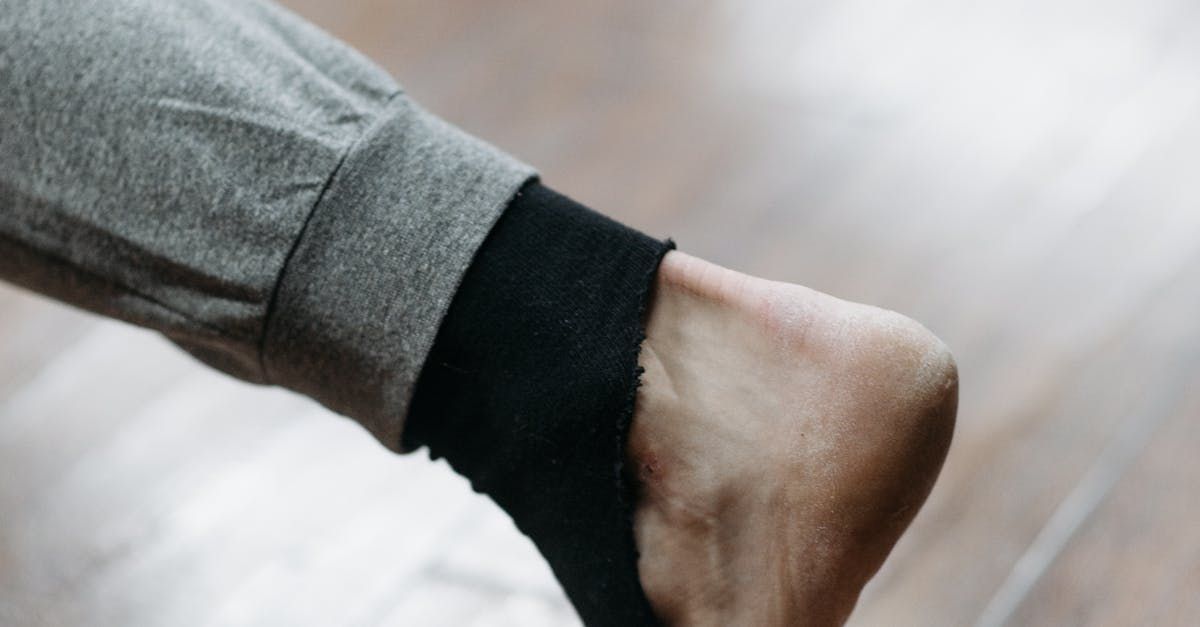How to Walk Properly
Walking; Are you doing it properly?
We know that regular walks can improve your mood, lower blood pressure and increase bone density. It’s also a great way to kickstart weight loss or ease back into working out after some time off, but are you doing it properly? Walking is remarkably easy to get wrong, and walking injuries do happen, even though we all do it every day!
Your feet are one of the primary body parts that tend to bear the brunt of walking injuries. It’s very easy to fall into bad habits and these lead to all sorts of painful consequences for our feet, ankles, knees, hips, backs and shoulders. In short, it can affect your entire body.
Your walking style
A good walking technique will help to avoid or mitigate all kinds of problems and your general health will benefit hugely.
Each of us has a unique walking style. Don’t try to take steps that are shorter or longer than you find comfortable. You’ll strain muscles and put unnecessary stress on your spine. If you’re looking to speed up and burn more calories concentrate on increasing the number of steps you take per minute but don’t forget to add to them gradually to avoid injury.
As you walk your heel should touch the ground first and then your foot rolls down from the heel to the toes. Then push off with the toes and repeat.
Footwear
Choosing the right footwear is extremely important.
- Think about the terrain and the activities you’ll be doing when considering footwear.
- It might seem obvious, but wear properly fitting shoes. Try on different brands and sizes to make sure the fit is just right.
- Choose the right socks. Hiking socks will keep your feet dry, less sweaty and cushioned. Merino wool is a great choice as it wicks away moisture.
- Keep your shoes clean and dry after you’ve worn them.
Expert Guidance with Essex Podiatry
If you’re suffering with foot pain, especially related to walking, come and see us for a biomechanical assessment. This analyses the movement of joints, bones and muscles to help you take full advantage of the easiest exercise around.
Depending on your prognosis, treatments include;
- Footwear advice
- Taping and Strapping
- Temporary Wedging/Insoles
- Fully bespoke casted foot orthoses
Your entire body will thank you!










